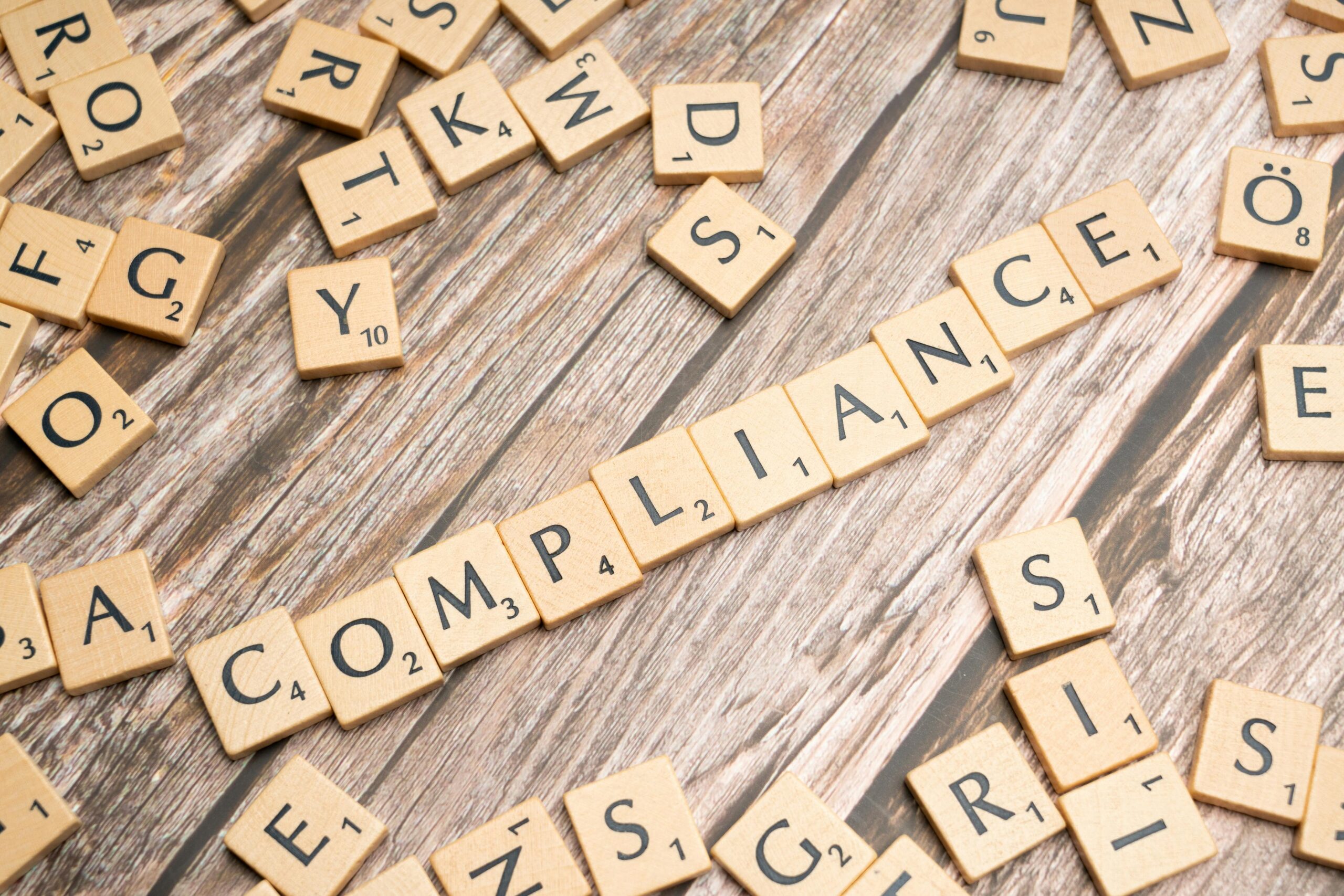Effective project governance and regulatory compliance are key to minimizing risks, improving decision-making, and aligning with both internal goals and external regulations. Governance provides the structure for decision-making, while compliance ensures projects follow legal and policy requirements. Together, they protect an organization’s reputation and efficiency.
A strong governance framework, backed by consistent compliance efforts, leads to better project outcomes. Achieving this requires a solid grasp of governance principles and staying updated with changing regulations.
The Role of Project Governance in Risk Management
Project governance is crucial for setting up a clear decision-making structure that ensures accountability. According to Mark A. Langley, former CEO of the Project Management Institute (PMI), “Effective governance is essential to any organization’s ability to achieve its strategic goals through projects.” Governance aligns project objectives with the overall strategy and helps manage risks.
A robust governance model ensures policies and procedures guide project teams in meeting deadlines, budgets, and resource use. Regular reviews and audits are also vital to keep projects on track and compliant with both internal and external standards.
Ensuring Regulatory Compliance in Projects
Compliance goes beyond meeting regulatory standards—it must be integrated into every stage of the project lifecycle. This proactive approach reduces risks like fines, legal issues, and damage to reputation.
“Regulatory compliance should be treated as a continuous process, not just a checklist,” says Rachel Thompson, regulatory affairs consultant at Regulatory Strategies Group. Staying current with laws like the General Data Protection Regulation (GDPR) or industry standards like ISO 9001 is critical for ensuring compliance at all stages.
Conducting compliance checks at key project milestones ensures legal standards are met and potential risks are identified early.
Key Best Practices for Project Governance and Compliance
- Clear Roles and Responsibilities: Defining roles avoids decision-making delays. Everyone should know who handles governance and compliance tasks.
- Regular Audits and Reporting: Frequent audits ensure projects follow governance frameworks and regulatory obligations. Clear reporting mechanisms provide transparency to stakeholders.
- Training and Education: Project teams should understand relevant regulations and governance principles to address compliance risks throughout the project lifecycle.
- Using Technology: Automated tools help track regulatory changes, monitor compliance, and generate reports, ensuring governance across all projects.
- Engaging Stakeholders: Effective governance requires ongoing communication with stakeholders to keep them informed about governance and compliance efforts.
Conclusion
Balancing strong project governance with regulatory compliance is essential for modern organizations. By building clear governance structures, staying proactive with compliance, and leveraging technology, organizations can reduce risks and achieve project success. Continuous training and stakeholder engagement are key to fostering a culture of governance and compliance, benefiting both projects and the organization.
Reference
“Effective Governance and Strategic Success” | Mark A. Langley | 2018
“Regulatory Compliance in Project Management” | Rachel Thompson | 2021
“ISO 9001: Quality Management Systems” | International Organization for Standardization | 2015




